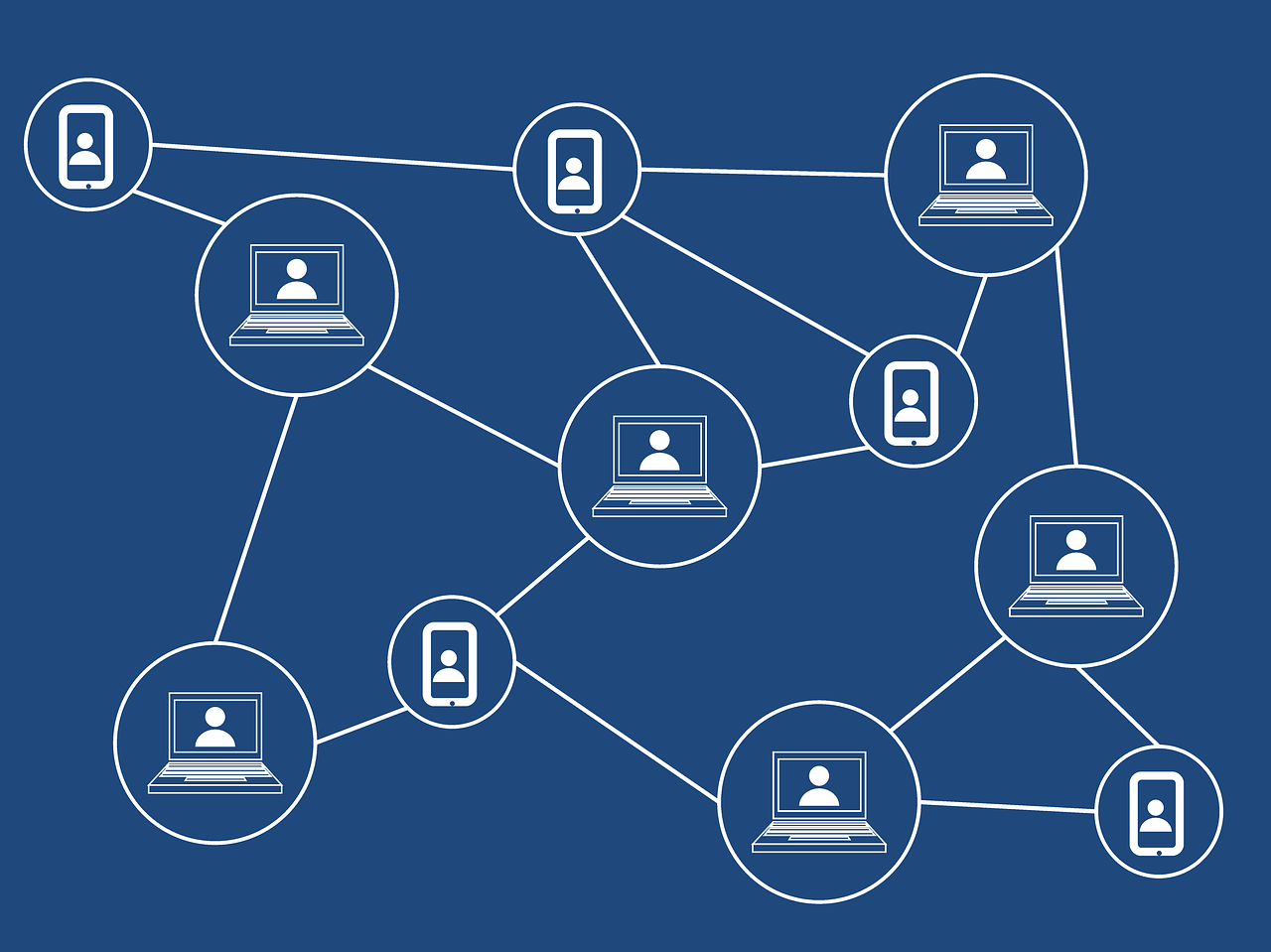
Everything you Need to Know about Blockchain Technology
5 minutes | Word Count: 911The Blockchain is the trendiest technology across the global. People are talking, sharing, and learning a lot about it. But why? The journey of Blockchain technology began when Bitcoin was introduced in 2009.
As we have already learned that Bitcoin is the first cryptocurrency and, the technology of Blockchain is the core component of this cryptocurrency. Both, Bitcoin and the Blockchain on which Bitcoin runs, was created by a person or group of people known as Satoshi Nakamoto; however, the world has not still identified who actually Satoshi Nakamoto is.
The Bitcoin Blockchain
To understand what Blockchain is, we first need to understand how the technology helps Bitcoin as the Blockchain was initially created only for the cryptocurrency. The Blockchain on which Bitcoins work is a public ledger to keep the account of every transaction taking place.
The key attribute of such ledger is that it cannot be tempered. It means information recorded once cannot be altered in any case. Experts and advocates of the Blockchain technology say that Blockchain-powered bitcoin transactions are secure and safer in the comparison of current systems.
Here are some facts about bitcoin
- Bitcoin isn’t issued and controlled by any central authority.
- There are only 21 million of bitcoins.
- 17 million bitcoins already in circulation
- Bitcoins are often seen spending in drugs and in gambling
- The world still doesn’t know who Satoshi Nakamoto is.
How does it work?
The Blockchain behind bitcoin is a distributed and decentralized ledger system. There is no central authority to control it. Traditional currencies are issued by the central banks of a country but bitcoins aren’t.
Here Blockchain for bitcoin keeps account of every transaction taking place. It’s shared ledger on which the Bitcoin network relies. Every confirmed transaction becomes a block of the chain and then added to the chain which forms the term Blockchain.
Blockchain is Tamperproof
Blockchain cannot be tempered and, it’s its key advantage. Each block becoming the part of the chain bears a hard, cryptographic reference of the previous block.
The reference is a part of the mathematical problem that needs to be solved so that the following block can be brought into the network and the chain.
Transaction data are bundled into digital blocks for efficiency. Each block links to the pervious block to form the chain. New blocks are created by special nodes called miners. They are the personal computers dedicated to verify transactions. There are also non-mining nodes. A node only forms a block with a new transaction, but it also links the previous block which is already linked to the chain. There is gapless linking of blocks which make it secure and robust.
When a new Blockchain is created, the node sends the date across the network to be verified by other nodes. A consensus algorithm is triggered for authenticity and coherency.
Blockchain appears to be a complicated technology at a glance. But it’s actually not. As mentioned above, it’s a digital ledger that can keep records, which once created, cannot be tempered.
This particular attribute of the Blockchain technology makes it eligible for a variety of applications. It fosters a new generation of transactions which are based on trust, accountability and, of course, transparency.
Why Blockchain Technology is turning out to be so important?
With right Blockchain development services provider, a business or organization can provide the desired transparency and security to a variety of transactions, be it related to money or data.
Industry Impact: Blockchain may serve as the core transaction technology for large multifaceted ecosystems.
Enterprise Impact: It carries the potential to redefine the core of information technology, and major digital processing systems.
In spite of being the underlying technology of Bitcoin, the Blockchain is completely independent of it. The technology and its capability are exhibiting a myriad of possibilities in areas, such as:
- Intercompany Transactions: Interdepartmental ledgers and transactions; shared resources and assets
- Asset Management: Ownership registers; bill of materials
- Assurance and Compliance: Tracking certified conflict-free diamonds; title or ownership management
- Transaction Support: Bitcoin exchanges
- Commerce: M2M / IoT and mobile
Few examples how businesses are using the technology of Blockchain in applications other than cryptocurrency are as follows:
- Barclays is a British multinational investment bank and finance services company. It has commercially launched a number of Blockchain projects to track financial transaction, compliance, and combating fraud.
- Maersk, which is the world’s largest container shipping company, has also revealed that it is working on a Blockchain based solution that helps it streamline marine insurance.
- Governments of Dubai, South Korea, Estonia, etc are also applying the technology of Blockchain to applications related to public safety, public records and business registrations.
With professional Blockchain development services, SMBs can also take advantages of the Blockchain technology. In fact, there are a number of solutions already available for small and medium businesses.
- Provence, for example, provides traceability for businesses engaged in supply chain and the story of where products came from.
- Chain is another platform that partners with companies building, deploying, and operating Blockchain networks that enable breakthrough financial products and services.
- Loyyal uses Blockchain to manage dynamic issuance and redemption of loyalty points.
The Bottom Line
Blockchain technology offers an incredible opportunity for the ability to create businesses and operations that are both flexible and secure. The potential blockchain technology applications are almost without the limit. There is a rise in the demand for blockchain-based services, and hence the technology is increasing at a rapid pace.





















